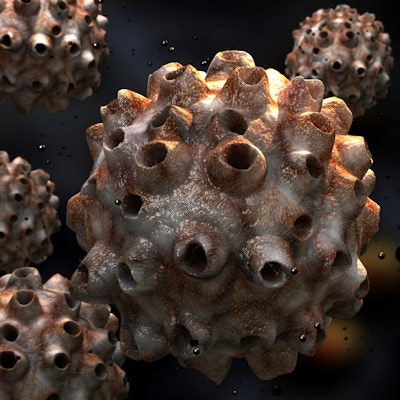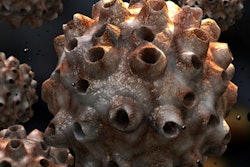
People who have had more than 10 oral sex partners face an approximately four times greater risk of developing HPV-associated mouth and throat cancer than those with fewer mates, according to a study published on January 11 in Cancer.
Engaging in oral sex at a younger age and participating in this sexual activity with more partners during a smaller window of time -- referred to as oral sex intensity -- also puts people at greater risk of developing HPV-linked oropharyngeal cancer (OPC). The authors believe their study is the most comprehensive behavioral snapshot of HPV-related oropharyngeal cancer to date.
"Number of oral sex partners remains a strong risk factor for HPV-OPC; however, timing and intensity of oral sex are novel independent risk factors," wrote the group, led by Dr. Virginia Drake of the otolaryngology-head and neck surgery department at Johns Hopkins University. "These behaviors suggest additional nuances of how and why some individuals develop HPV-OPC."
HPV has propelled a rise in the number of cases of oropharyngeal cancer in the U.S. and other countries. Numerous studies have shown that performing oral sex is a strong risk factor for oropharyngeal cancer, but the current study aimed to better understand how behaviors related to oral sex affect a person's likelihood of developing mouth or throat cancers.
More than 500 people participated in the study; 163 individuals with HPV-related oropharyngeal cancer and 345 without the disease completed a behavioral survey. Blood and tumor samples were also obtained.
Partners, age, and more
Among those with HPV-OPC, approximately 45% had more than 10 oral sex partners over their lifetimes, compared with around 19% in the control group. Approximately 19% of those with oropharyngeal cancer had six to 10 partners, the researchers found.
The intensity of oral sex exposure, measured by sex-years (the number of partners per 10 years), was significantly higher among those with HPV-OPC than the controls. About 31% had more than five partners during that period, compared with about 11% in the control group.
The age at first oral sex encounter was significantly lower among the HPV-OPC patients than the controls. Approximately 37% of those in the HPV-OPC group performed oral sex for the first time before they turned 18, compared with about 23% in the control group.
A clearer picture
Though this was a strong multi-institutional study, it had some limitations, the authors noted. For example, behavioral data were collected via a confidential computer-assisted self-interview. Recall bias or misreporting couldn't be ruled out due to self-reporting. Despite the limitations, the new information can help clinicians better understand HPV-related oral cancers, they wrote.
"As HPV-OPC incidence in the United States continues to rise, these findings have important public health implications and inform epidemiological understanding of head and neck cancer," they wrote.




















